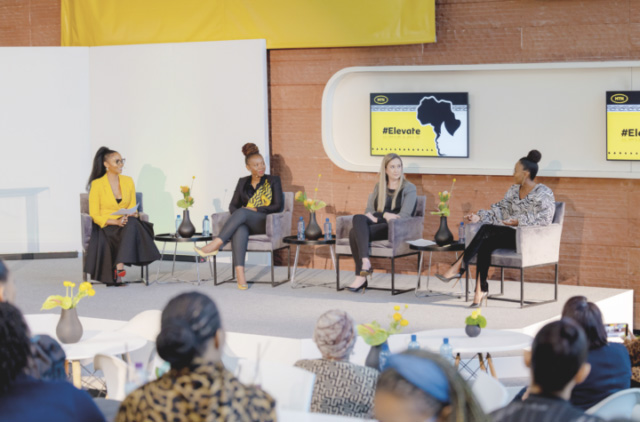Sometimes you can look in the mirror and something just doesn’t feel right. Other times, you can take a selfie and be delighted to show the picture that you want others to see.
I’ve always been intrigued by our fascination with mirrors and their part in the making of our identity and sense of self. Mirrors have captured the imaginations of philosophers, psychologists, historians, artists, poets and novelists over centuries. Narcissus trapped himself by falling in love with his own reflection. Alice stepped through the looking glass into a world where things were not as they should be, while Snow White’s evil queen used her mirror for daily validation. Consider the old superstitions and traditions surrounding mirrors: to break one was bad luck; we hung shawls over them for seven days when mourning; and – in even older rituals – young women chanted spells in front of their mirror to catch a glimpse of their future husband.
Of course, the mirror can only reflect what stands before it, yet somehow we see much more. We glimpse our state of mind, shaped by the history of our experiences over previous weeks and years. We spot our emotional state in the here and now. And we spy the outline of our hopes and dreams for the days ahead.
Each of these perceptions changes significantly over time. None of our identities are static: they are forever adapting and redefining, based on our daily experiences and the feedback we get from those around us. Charles Horton Cooley clarifies this in his theory of ‘the looking glass self’ (1902, Human Nature and the Social Order, New York). He explains that we develop a self-concept by interpreting how others react to us. That self-concept can be improved or diminished by the conclusions we reach, and we adjust our personal identity through an internal conversation. Other people are mirrors in which we seek reflection.
Gender and the mirror beneath our feet
Those reflections are further shaped by cultural and societal norms. These have been described as the mirror on which we live. Every day, we take on multiple identities, such as mother, father, sister or brother – as well as our work identity, which is now more central to our lives than ever before. Each identity comes with norms and expectations about our behaviour. In learning to play by the rules of each system, we’re learning to adapt our identity. We develop multiple identities which connect and pull at each other, constantly impacting our sense of self.
That tension can result in instability, something that has been particularly highlighted by the rise of research, conversation, writing and engagement on the notion of gender roles. The very words that define us and give us stability are shifting. Could it be, as Salman Rushdie said in his 1999 novel The Ground Beneath Her Feet, that there are fresh cracks in the mirror beneath our feet? Sometimes it feels as if the mirror we live on might shatter altogether.
As women have sought to redefine our place in society, we’ve spent a lot of time looking deeply into our mirrors, trying to see what we could be in the future. Doing this built a broad community: a women’s tribe, that has been bolstered through the media, online communities, work initiatives and support groups.
But in redefining our roles as women, have we left others in the system confused about their roles, their spaces and their identities? The rise in male depression, trauma and suicide are terrible indicators that the mirror beneath our feet is unstable. So, too, are the horrifying levels of violence against women and children worldwide: 35% of women globally are estimated by the UN to experience physical or sexual violence during their lives (a number that excludes harassment). We need to think about things at a systemic level and acknowledge that by creating a stronger women’s community, we may have left men feeling community-less. In building the strength of the female tribe we have rightly strengthened our social identity, but some men now feel bewildered as to where they belong.
A more inclusive system
In my conversations with men, I’m often confronted by the fact that they feel excluded from social identity groups and lack defined role identities. It’s as if men are now looking into a shape-bending fun-house mirror. Personal identity becomes uncertain and is reflected in confused, overlapping, geometric shapes.
Any system needs all its parts to be fully-functioning, and men’s identities are critical to our shared system: to our families, communities, nations and tribes. So we have to ask, what roles can men and women now play, together, to mend our fractured perceptions? How can we support all members of society to discover their ‘you’ in the mirror? And how can we ensure that our children lean into identities that help them to better lead the future?
I’m starting to think about what it would look like if I broadened my tribe and had more inclusive conversations. Working with my colleagues, my team, my family and my community, I hope to start finding new words to define ourselves – collective words, that we will shape together. We have to find collective roles and shared social identities that allow us all to feel that we can participate fully in communities. Perhaps only once we have those words will we all be able to look forward to seeing our new reflections when we look in the mirror.
— Dr Ilka Dunne heads up leadership and culture at Rand Merchant Bank. She was formerly RMB’s Head of Learning Architecture. An adapted version of this article appeared on the Dialogue Review website.



